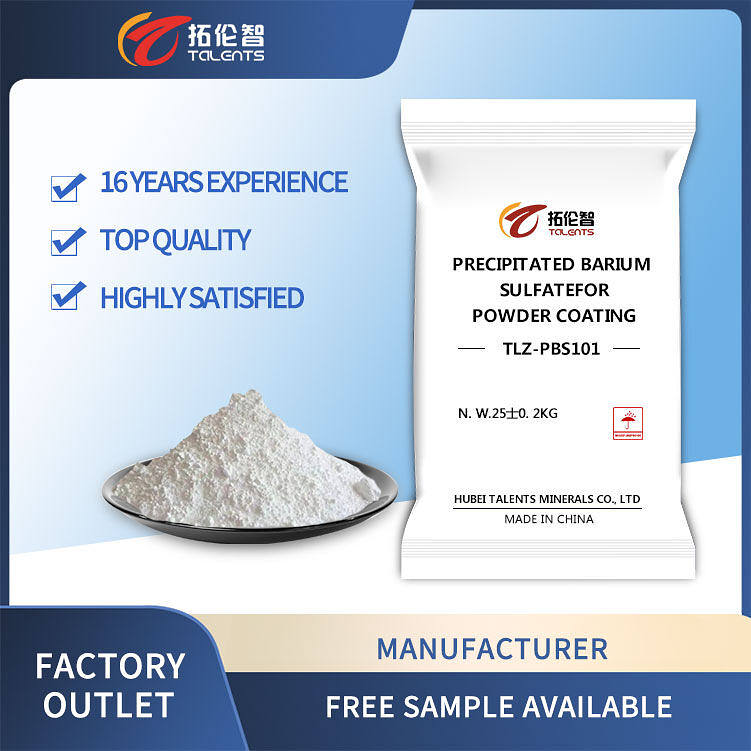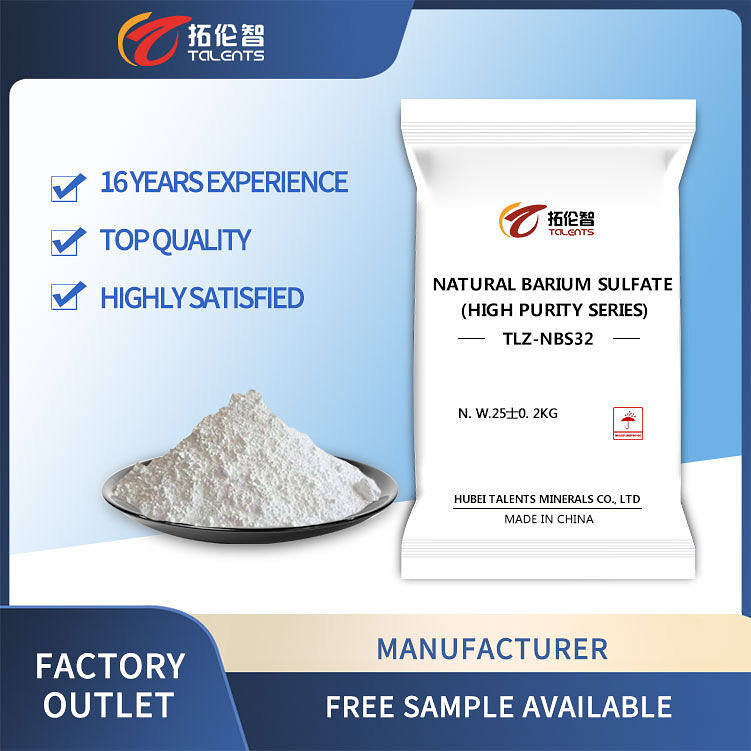Anti-radiation barium sulfate is a good protective material for high-energy ray protection
In environments exposed to high-energy radiation, effective shielding materials are essential to ensure safety and minimize exposure risks. Anti-radiation barium sulfate (BaSO₄) has proven to be a highly effective protective material due to its excellent radiation absorption properties, chemical stability, and cost-effectiveness. This material is widely used in medical, industrial, and scientific applications where radiation protection is critical.
Why Barium Sulfate for Radiation Protection?
Barium sulfate is an ideal shielding material for high-energy radiation, including X-rays, gamma rays, and other ionizing radiations. Its effectiveness is attributed to the following properties:
High Atomic Number (Z=56): Materials with a high atomic number are more effective at absorbing radiation, making BaSO₄ an excellent choice.
Dense Molecular Structure: The high density of barium sulfate enhances its ability to attenuate radiation, reducing penetration levels.
Non-Toxic and Chemically Stable: Unlike lead-based shielding materials, barium sulfate is non-toxic, environmentally friendly, and does not degrade over time.
Ease of Application: It can be incorporated into wall coatings, panels, and composites, making it versatile for different protective installations.
Applications of Anti-Radiation Barium Sulfate
1. Medical Radiation Shielding
Barium sulfate is extensively used in hospitals, diagnostic centers, and radiation therapy rooms to shield against X-rays and gamma rays. Common applications include:
Protective coatings in X-ray rooms, CT scan facilities, and radiotherapy centers
Barium sulfate panels for constructing radiation-proof walls and partitions
Shielding materials for medical equipment and protective clothing
2. Industrial Radiation Protection
Many industrial processes involve exposure to ionizing radiation, necessitating robust shielding solutions. Barium sulfate is used in:
Nuclear power plants to prevent radiation leaks
Non-destructive testing (NDT) facilities where X-ray and gamma-ray imaging are employed for material inspections
Radiation shielding in oil and gas drilling operations, where naturally occurring radioactive materials (NORM) are present
3. Scientific and Research Facilities
In laboratories and research centers dealing with radioactive isotopes and particle accelerators, barium sulfate coatings and barriers help maintain a safe working environment by minimizing radiation exposure.
Comparison with Other Radiation Shielding Materials
| Material | Density (g/cm³) | Radiation Absorption | Toxicity | Cost |
|---|---|---|---|---|
| Barium Sulfate | 4.5 | High | Non-toxic | Moderate |
| Lead | 11.3 | Very High | Toxic | High |
| Concrete | 2.3–2.5 | Moderate | Non-toxic | Low |
| Tungsten | 19.3 | Very High | Non-toxic | Very High |
While lead and tungsten provide excellent shielding, their toxicity (lead) and high cost (tungsten) make barium sulfate a more practical and safer choice for many applications.
Future Outlook and Innovations
With growing concerns about radiation exposure, research is continuously exploring ways to enhance the shielding efficiency of barium sulfate through:
Nanocomposite materials combining BaSO₄ with polymers for flexible shielding solutions
Improved coatings for enhanced radiation attenuation in medical and industrial settings
Eco-friendly and lightweight BaSO₄-based shielding alternatives
Conclusion
Anti-radiation barium sulfate stands out as a highly effective, safe, and cost-efficient shielding material against high-energy rays. Its widespread use in medical, industrial, and research applications demonstrates its importance in ensuring radiation safety. With continuous advancements in material science, barium sulfate-based shielding solutions will continue to evolve, providing even greater protection in the future.





